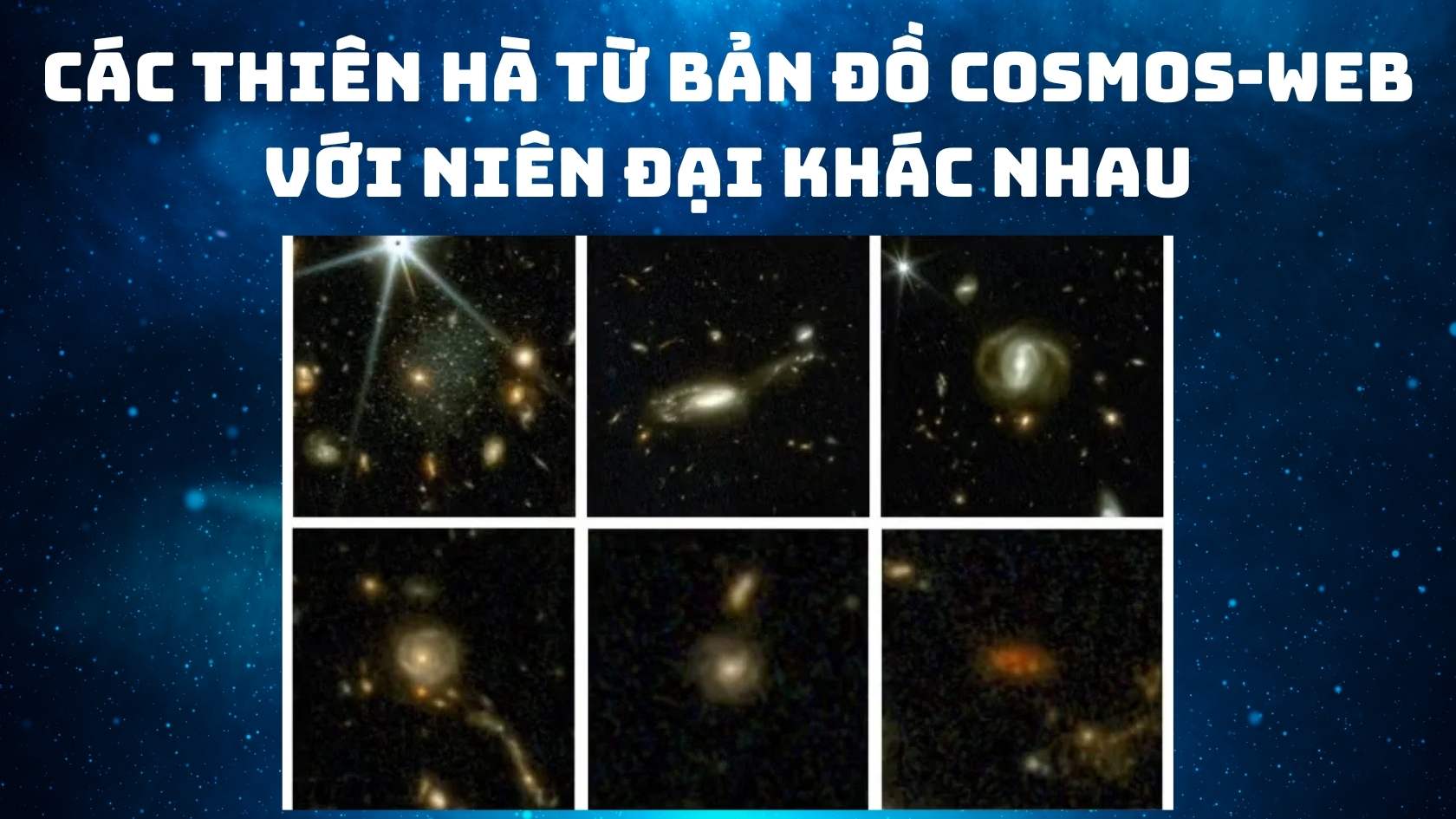
The program took place right after James Webb launched into space in December 2021 and the team of experts spent 2 years processing raw data from NASA's kinh sat. In the program, James Webb surveyed the sky area of about 0.6 degrees square, equivalent to 3 full moons. This is also the widest observed area of the kinh sat sao to date.
Jeyhan Kartaltepe, an award-winning physicist at the Rochester Institute of Technology and senior research fellow at CosMOS-Web, said: "I don't know if the James Webb space Tenses will ever see such a large area. So I think this is a good reference and a dataset that people will use for many years."
The Cosmos -Web group consists of nearly 50 researchers around the world to be granted more than 200 hours of observation - the largest number of projects taking place in the first year James Webb operates. While many studies of telescopes focus on small, deep slices of the sky, cosmos-web prioritize width. The new map shows nearly 800,000 galaxies, of which many galaxies formed from the beginning of the universe.
The CosMOS-Web map provides an image of the universe 13.5 billion years ago, while NASA believes the universe is currently about 13.8 billion years old with a field of 100 million years.
James Webb's broad vision allows scientists not only to compile a list of distant galaxies, but also to study how they are affected by their size, shape, and brightness when affected by the surrounding cosmic environment.
When announcing the map, the Cosmos-Web group hopes other astronomers in the world will use it to understand more about how the bodies formed in the primitive universe, how everything evolved so far and perform many other jobs. The data kit can also provide clues to some other major mysteries such as dark matter and the physical processes of the primitive universe.











